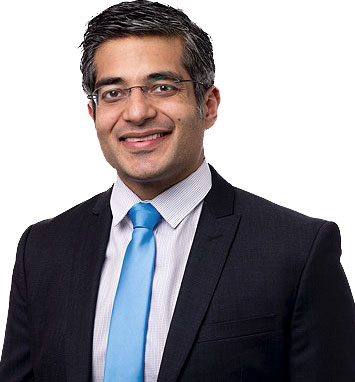What Is Minoxidil And How Does It Work?
Minoxidil is a topical solution (commonly known as Rogaine) that’s FDA-approved for treating hair loss. It works by stimulating hair follicles, promoting hair regrowth, and slowing down hair loss. While it’s primarily used to treat androgenic alopecia (pattern baldness), some patients find it beneficial after a hair transplant to support the health of existing and newly transplanted hair follicles.Should You Use Minoxidil After Your Hair Transplant?
The decision to use minoxidil post-transplant isn’t one-size-fits-all. At Hair Restoration Seattle, we tailor our recommendations to your specific needs. Here’s how we approach it:- Supporting Existing Hair: If you have areas of thinning hair that weren’t addressed during the transplant, minoxidil can help maintain and strengthen these follicles.
- Enhancing Transplanted Follicles: Some studies suggest that minoxidil may improve the survival rate of transplanted hair follicles, promoting better growth.
- Personalized Care: We assess your individual case, considering factors like hair type, extent of hair loss, and overall scalp health, before recommending minoxidil.
When Can You Start Using Minoxidil After A Hair Transplant?
Timing is crucial. We typically advise waiting until your scalp has healed sufficiently (usually around 10 to 14 days post-surgery) before introducing minoxidil. This ensures that your scalp isn’t irritated and that the transplanted follicles have settled in.Are There Any Side Effects?
While minoxidil is generally well-tolerated, some users may experience:- Scalp irritation
- Dryness or flaking
- Unwanted facial hair growth (if the medication spreads beyond the treated area)
What Other Treatments Can Complement Minoxidil?
To maximize your results, we might recommend combining minoxidil with other treatments:- Platelet-Rich Plasma (PRP) Therapy: Utilizes your own blood platelets to stimulate hair growth.
- Low-Level Laser Therapy (LLLT): Uses light to energize hair follicles and promote growth.
- Nutritional Supplements: Ensures your body has the necessary nutrients to support hair health.
